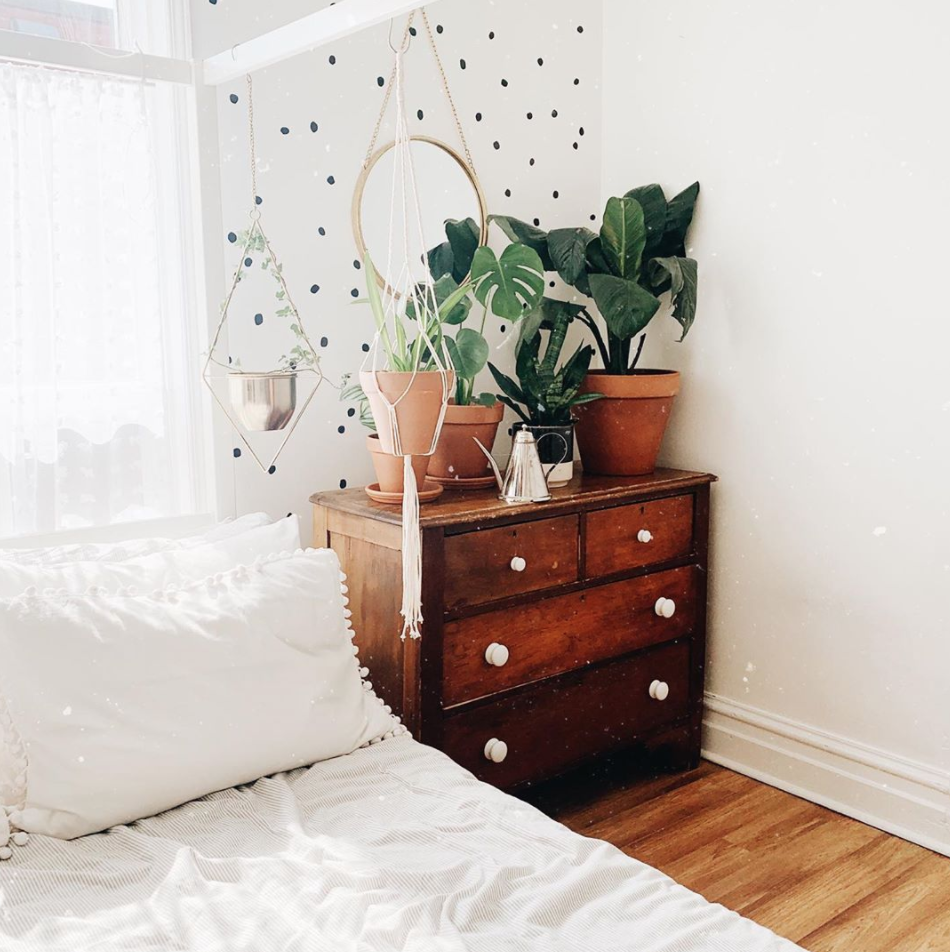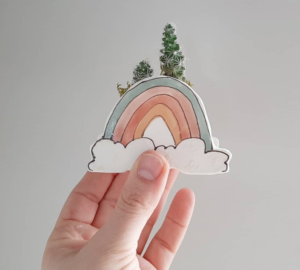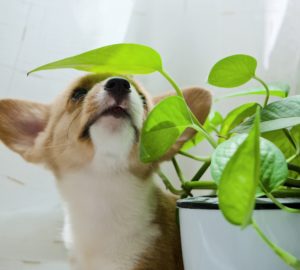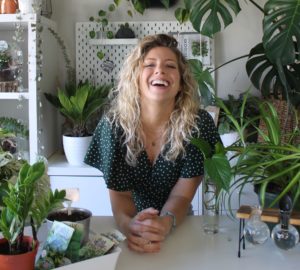8 Common Myths to Stop Believing About Your Indoor Plants
Do plants actually benefit from your singing voice? Are all plants toxic to your fur babies? We’re debunking some common myths about your indoor plants!
Since plants are totally having a moment right now – and we are so here for it — there is a lot of information swirling around about what’s best for plants … and what’s not so good for them. Even though some general rules are good to keep in your back pocket, the truth is, the more you get to know your plant and pay attention to its cues, the more you’ll become attuned to its specific needs.
Whether or not you’re a dedicated plant parent or in the plant curious stage — we hope these tips give you inspiration and extra wisdom on your green thumb journey! Happy plant parenting! 🌱
8 Myths to Stop Believing About Your Indoor Plants
Myth 1: The more you water your plants, the longer they will live
False. We’ve learned this the hard way. But when it comes to most succulents and indoor plants — daily watering can easily cause the plant to rot and eventually die (😭). We find succulents need to be watered once — MAYBE twice per month in the hotter seasons. Another helpful tip: stick your finger in the soil, and if it feels super dry & cracking — go ahead and water it. Otherwise, check on it again in a few days.
It may be tempting to try to get on a firm watering schedule, but we recommend staying attuned to your plant, touching the soil, and responding to the plant’s needs with flexibility. In other words, one month you may need to water your jade plant three times — the next, you may not need to water it at all.
Myth 2: Some people have black thumbs
As Emma from The Urban Botanist told us, “I’m a huge believer black thumbs do not exist.” We agree! You don’t need a special power to make plants happy — you just need a little education and experimentation.
One of our favorite resources is Veronica Peerless’ book, How Not to Kill Your Houseplant: Survival Tips for the Horticulturally Challenged
And here are some of our other favorite tips we’ve picked up over the years of plant parenthood:
- We find that our plants do better when they have company. So consider getting your Calathea a little succulent friend or pairing a couple of succulents together.
- Dust the leaves, let them breathe! If a bunch of dust is clogged on your plants’ leaves, then it makes it difficult for them to thrive.
- Make sure there are holes at the bottom of your pots. That way, they can get proper drainage.
Myth 3: All plants are dangerous to fur babies
Thankfully, this one isn’t true. While some plants are toxic to animals, not all of them are. However, if you’re concerned about your pets coming into contact with your plants consider using a fence and putting plants out of reach. (Check out more tips here: The Ultimate Pet-Friendly Guide
Here’s a list of common pet-friendly plants
- Calathea
- African violet
- Spider plants
- Haworthia zebra
- Boston fern
- Pilea plants
- Echeveria succulents
- Prayer plants
- Cat grass (In fact, if you’re a cat owner, cat grass may even help prevent hairballs in your cat’s stomach and aid in their digestion)
And here’s a list of common plants dangerous to pets:
- ZZ Plants
- Aloe Vera
- Ivy
- Jade Plant
- Asparagus Ferns
Check out this super thorough record of toxic and non-toxic plants from ASPCA. (PS: the list is sorted alphabetically, which makes it easier to navigate.)
Myth 4: Singing and talking to plants doesn’t actually do anything
So, this one is a bit more controversial. Some research shows that plants benefit from music and chatter because of the sound vibrations. In fact, one study from the Royal Horticulture Society found that plants grow faster to the sound of a female voice over a male voice. However, other scientists don’t buy the correlation between singing and plant happiness. But if you ask us, sing away.
Plus, singing is shown to not only be a natural antidepressant, but it also releases endorphins and stimulates the release of oxytocin (aka, the love hormone). Sign us up!
Myth 5: Your plants will grow bigger if you put them in bigger pots
Ah, we wish. If this was true, we’d plop all of our plants in massive pots! Unfortunately, if you put your plant in an oversized pot, there’s a good chance the roots will start to rot and soil will dry out. What’s the best way to pick a pot for your plant?
According to The Sill, “choose a pot that is 1-2” larger than the current size if the plant is currently in a 10” pot or smaller. If your current pot size is >10”, choose a pot that is 2-3” larger in diameter.”
On a related note, it’s a good idea to repot your plant as it gets bigger. This will help your plant continue to grow and maintain its health.
Myth 6: If the leaves are yellow that’s a definite sign the plant is overwatered
Yellow leaves can be a sign that the plant is over-watered, especially if the soil feels wet to the touch. Solution: put your plant in a new pot and leave it alone! However, if the leaves are looking crispy and the soil feels dry, that means it needs some water! Also, take a peep for pests because yellowing can potentially be a sign of pests or mineral deficiency.
Myth 7: Some plants — like ZZ plants — don’t need any light
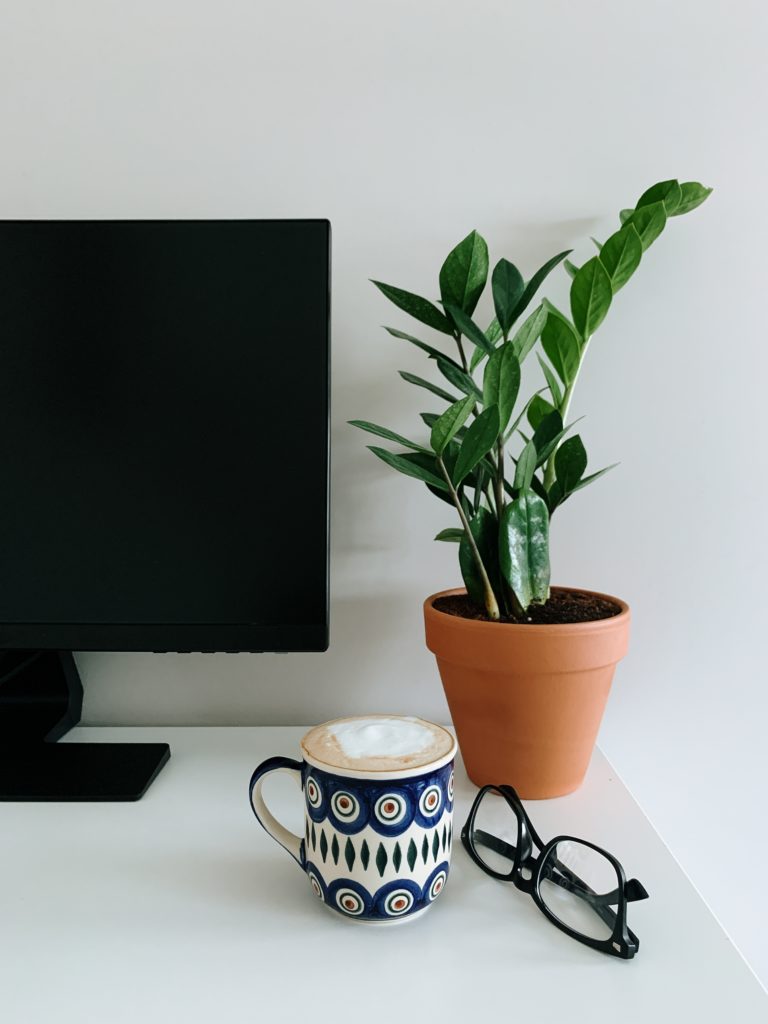
Although ZZ plants and Snake plants require less light than succulents and string of pearls, they probably can’t survive in complete darkness forever. But if you don’t have natural light in your home and you still want indoor plants, that’s ok! Take advantage of artificial lighting options such as LED Grow Lights and other LED Bulbs.
Myth 8: You can’t kill a Snake plant
Yes, snake plants are extremely resilient and always on the list for plant parent newcomers. That said, they’re not immortal. They still require occasional watering (usually once a month) and ideally indirect light. But typically the biggest threat to snake plants is overwatering. It’s a fine balance between not overdoing the care and also not completely forgetting about it!
Read more: How to be the best plant mom you can be!






